Trekkie107 - Days In The Life Of A Geeky Jock

More Posts from Trekkie107 and Others

Grab a rattle snake and see how well that goes :^)
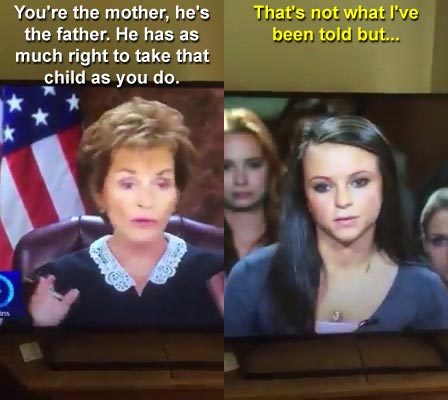
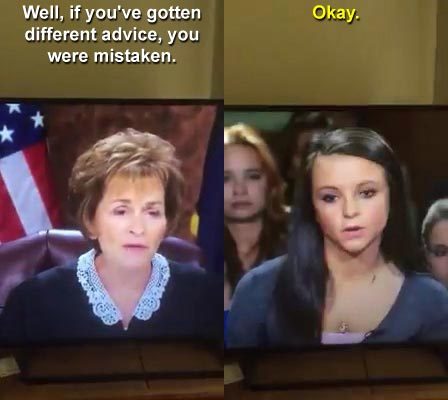
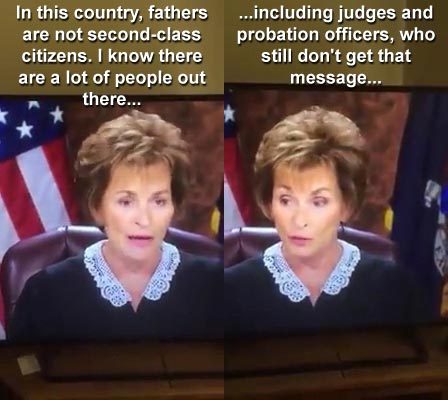
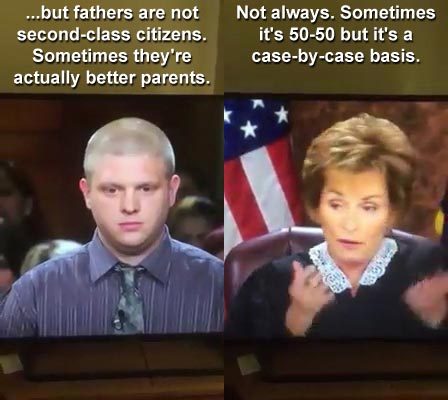
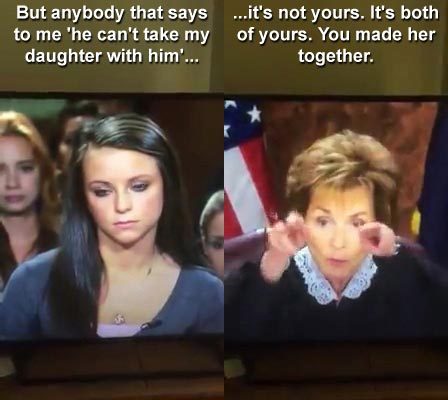
So the Maidstone Pumas dropped out of the 2014 National league season.... guess not winning a single game for three years wears a team down huh?
A new document has surfaced which shows British women, of all classes, voting in 1843, some 75 years before they received the parliamentary franchise in 1918. History professor, Sarah Richardson, explains what this discovery means and how it was possible:
Occasionally, just occasionally, you encounter a document that radically changes your view of the past. This happened to me very recently. The source was just a few scraps of parchment in a box of solicitors’ papers in Lichfield. But, at a stroke, it provided me with tangible proof that Victorian women were not only eligible to vote, but actually exercised that right, some 75 years before they received the parliamentary franchise in 1918.
The document in question was a poll book for the election to the local office of Assistant Overseer of the Poor, in the parish of St Chad’s, Lichfield in 1843. I was tipped off about its existence by a friend, Philip Salmon of the History of Parliament. It was a schedule of voters, their addresses, the rates they paid and how they voted. But as I looked down the list of names, some immediately jumped off the page: Elizabeth Shorthouse, Hannah Holiman, Phoebe Skelton, Ann Mallett… In all, there were thirty women playing an active role in the election. Although I knew that in theory women retained the right to vote for some local officials in the nineteenth century, I had never seen any evidence of them doing so in practice. This lack of evidence had led me, and many other historians, to assume that voting was entirely a male prerogative before the twentieth century.
The record was compiled because the solicitors were the agents for the Conservative party in Lichfield. The town was a highly marginal constituency in this period, so the party clearly wanted to keep tabs on the political temperature between parliamentary elections. The solicitor would have compiled the poll book from the ballot papers returned by the voters.
In the period before the secret ballot, everyone was entitled to know how people voted. It was unusual to have an election for an Assistant Overseer. This was a powerful post responsible for collecting poor rates and deciding how they were allocated. But the overseers were usually appointed to avoid the expense of an election. All heads of households, paying rates were entitled to vote. This was a very wide franchise, and one that included single and widowed women.

A polling document from 1843 which clearly shows women’s names among those who voted
My assumption was that the women would be of genteel status. But as I checked their names against the 1841 census return, I was surprised to see the diversity of the group of voters. There were a few women of independent means, owning property and land. There were also women, probably widows, who had inherited their husbands’ businesses. So, for example, the wealthiest female elector on the roll was Grace Brown, a butcher, who managed a large household including several servants.
Due to the high rates that she paid, Grace was entitled to four votes in the election, which she cast in favour of the Conservative candidate. But I was amazed to see many women on the list who were far lower down the social scale including the laundress, Caroline Edge, the servant, Sarah Payne and even paupers, including Sarah Batkin of Stowe Street.
The poll book is all that remains of an unremarkable local parish election in a comfortable Midlands market town in the mid nineteenth century. Yet, it has prompted a need to re-write the history books by providing the first substantial proof that women were able to vote long before they received the parliamentary or municipal franchise.
Sarah Richardson is an Associate Professor in History at the University of Warwick and author of The Political Worlds of Women: Gender and Politics in Nineteenth Century Britain.
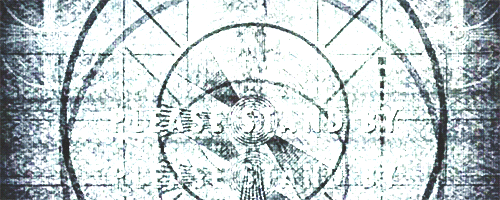





it’s all over but the crying and nobody’s crying but me
There's one problem with this. When poachers track a rhino (which can take days) and they discover that is horn has been dyed like this, they kill it anyway.
And they kill it so that they won't end up tracking it again and wasting their time.
This is a good idea but ultimately doesn't work.

1) Does not hurt rhinos
2) Discolours ivory (BRIGHT PINK) thus reducing saleability
3) Can be detected by airport scanners, even if ground up, thus increasing the chances you will be caught
4) Causes nausea, vomiting, and diarrhea if ingested by humans, thus driving away your customer base
Win. Win. Win. Win.
For the first question,After abolishing the slave trade in 1808, Britain spent 62 years hunting down slave ships in the Atlantic.







In 1980, Steven Spielberg briefly considered making a dark sequel to Close Encounters of the Third Kind called Night Skies. The film was to feature many different alien characters. Spielberg ultimately abandoned the idea, choosing instead to make a film starring only one alien, E.T.
Legendary makeup artist and creature designer Rick Baker recently shared these images, documenting his work on the project before it was abandoned.

im so glad canadians are finally getting the representation in media they deserve. thanks adventure time :)

-
 momodusworld liked this · 4 years ago
momodusworld liked this · 4 years ago -
 ilowkeywanadie reblogged this · 10 years ago
ilowkeywanadie reblogged this · 10 years ago -
 ixjaneix liked this · 10 years ago
ixjaneix liked this · 10 years ago -
 superappyjuice reblogged this · 10 years ago
superappyjuice reblogged this · 10 years ago -
 queenstravelingdarling liked this · 10 years ago
queenstravelingdarling liked this · 10 years ago -
 katana-wielding-bookworm reblogged this · 10 years ago
katana-wielding-bookworm reblogged this · 10 years ago -
 dixiepeach101-blog liked this · 10 years ago
dixiepeach101-blog liked this · 10 years ago -
 antiterroristteddy reblogged this · 10 years ago
antiterroristteddy reblogged this · 10 years ago -
 books-are-portals liked this · 10 years ago
books-are-portals liked this · 10 years ago -
 tooyoungtoknoweverything-blog reblogged this · 10 years ago
tooyoungtoknoweverything-blog reblogged this · 10 years ago -
 tooyoungtoknoweverything-blog liked this · 10 years ago
tooyoungtoknoweverything-blog liked this · 10 years ago -
 wiseboidk liked this · 10 years ago
wiseboidk liked this · 10 years ago -
 aynagus liked this · 10 years ago
aynagus liked this · 10 years ago -
 thinkture reblogged this · 10 years ago
thinkture reblogged this · 10 years ago -
 reesespiecesxd reblogged this · 10 years ago
reesespiecesxd reblogged this · 10 years ago -
 thecookiesoup reblogged this · 10 years ago
thecookiesoup reblogged this · 10 years ago -
 thecookiesoup liked this · 10 years ago
thecookiesoup liked this · 10 years ago -
 quintonimo-bay reblogged this · 10 years ago
quintonimo-bay reblogged this · 10 years ago -
 quintonimo-bay liked this · 10 years ago
quintonimo-bay liked this · 10 years ago -
 nikkitikkitav1 reblogged this · 10 years ago
nikkitikkitav1 reblogged this · 10 years ago -
 ldaluz reblogged this · 10 years ago
ldaluz reblogged this · 10 years ago -
 opulentpetrichor liked this · 10 years ago
opulentpetrichor liked this · 10 years ago -
 squidneylongtie32 reblogged this · 10 years ago
squidneylongtie32 reblogged this · 10 years ago -
 squidneylongtie32 liked this · 10 years ago
squidneylongtie32 liked this · 10 years ago -
 jenuinearticle liked this · 10 years ago
jenuinearticle liked this · 10 years ago -
 devlynblaise liked this · 10 years ago
devlynblaise liked this · 10 years ago -
 kayakerin liked this · 10 years ago
kayakerin liked this · 10 years ago -
 sweetttp reblogged this · 10 years ago
sweetttp reblogged this · 10 years ago -
 crankyfacedknitter liked this · 10 years ago
crankyfacedknitter liked this · 10 years ago -
 midnightofthesoul liked this · 10 years ago
midnightofthesoul liked this · 10 years ago -
 inasilverio liked this · 10 years ago
inasilverio liked this · 10 years ago -
 hyperbole-and-a-quarter reblogged this · 10 years ago
hyperbole-and-a-quarter reblogged this · 10 years ago -
 hyperbole-and-a-quarter liked this · 10 years ago
hyperbole-and-a-quarter liked this · 10 years ago -
 sub-burb-bia reblogged this · 10 years ago
sub-burb-bia reblogged this · 10 years ago -
 sub-burb-bia liked this · 10 years ago
sub-burb-bia liked this · 10 years ago -
 phdelicious liked this · 10 years ago
phdelicious liked this · 10 years ago -
 actorswithactionfigures liked this · 10 years ago
actorswithactionfigures liked this · 10 years ago -
 thedazzlepuff liked this · 10 years ago
thedazzlepuff liked this · 10 years ago -
 thegatesofhorn liked this · 10 years ago
thegatesofhorn liked this · 10 years ago -
 chronotriggerearthbound liked this · 10 years ago
chronotriggerearthbound liked this · 10 years ago -
 angelusnoir liked this · 10 years ago
angelusnoir liked this · 10 years ago -
 bigbootybeyblade liked this · 10 years ago
bigbootybeyblade liked this · 10 years ago

130 posts
